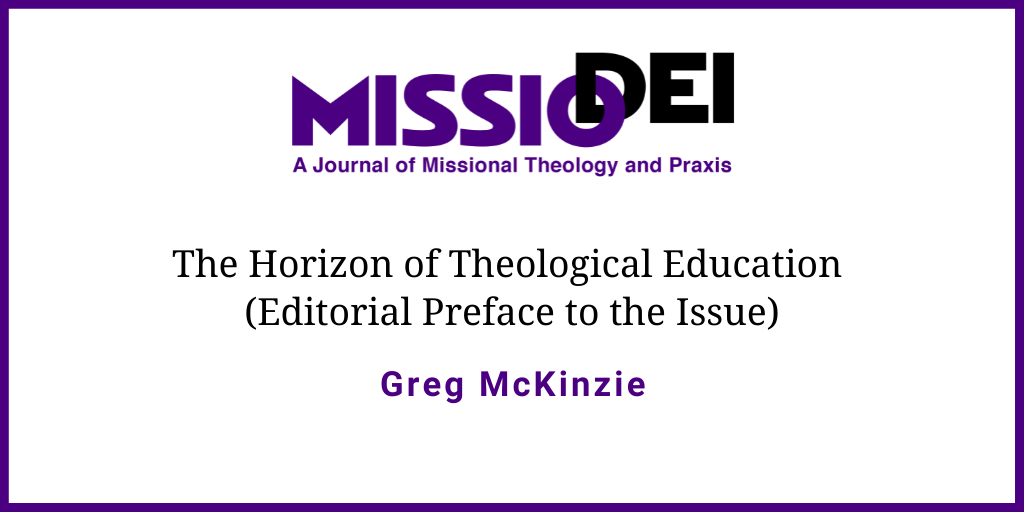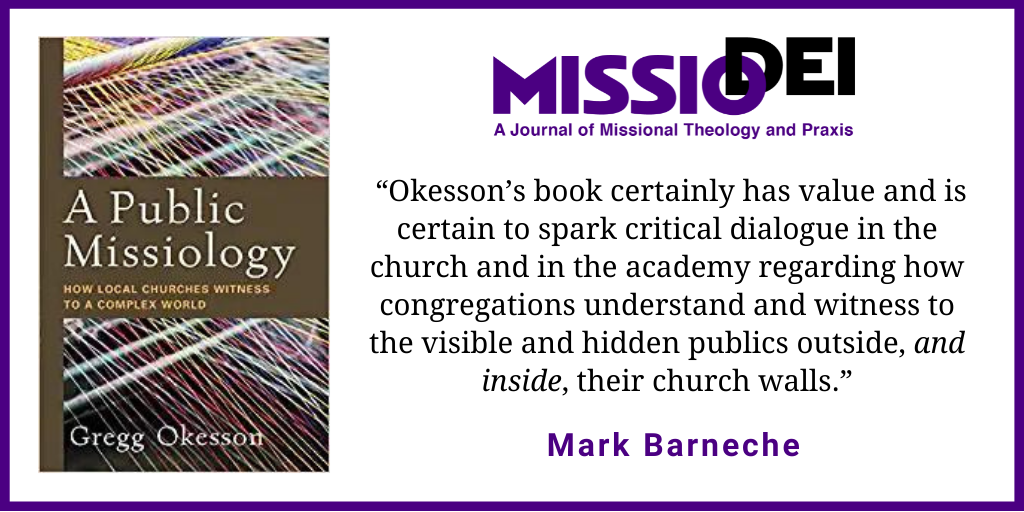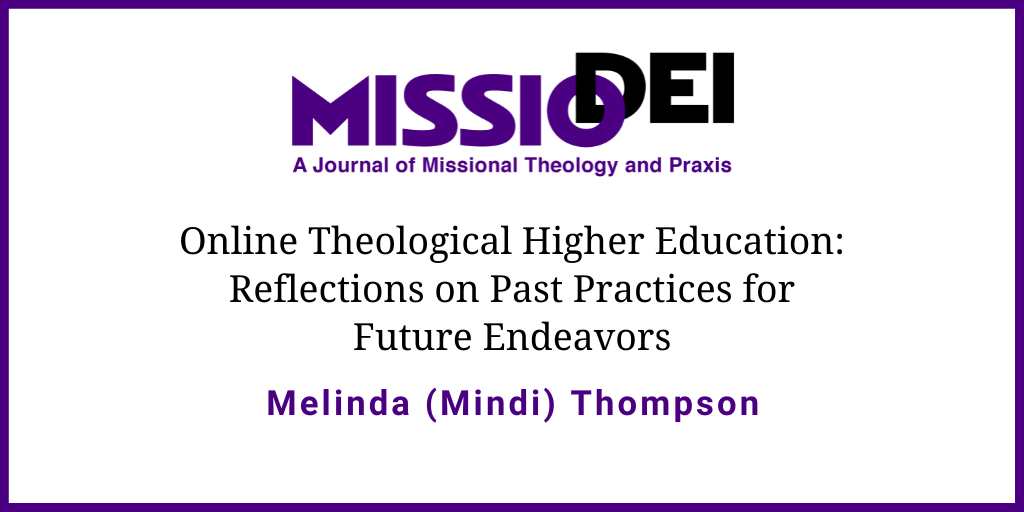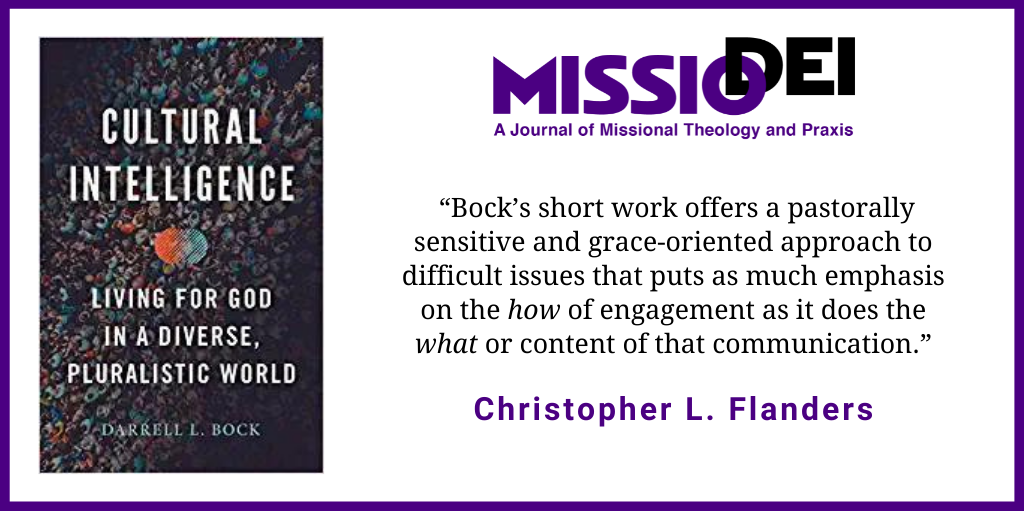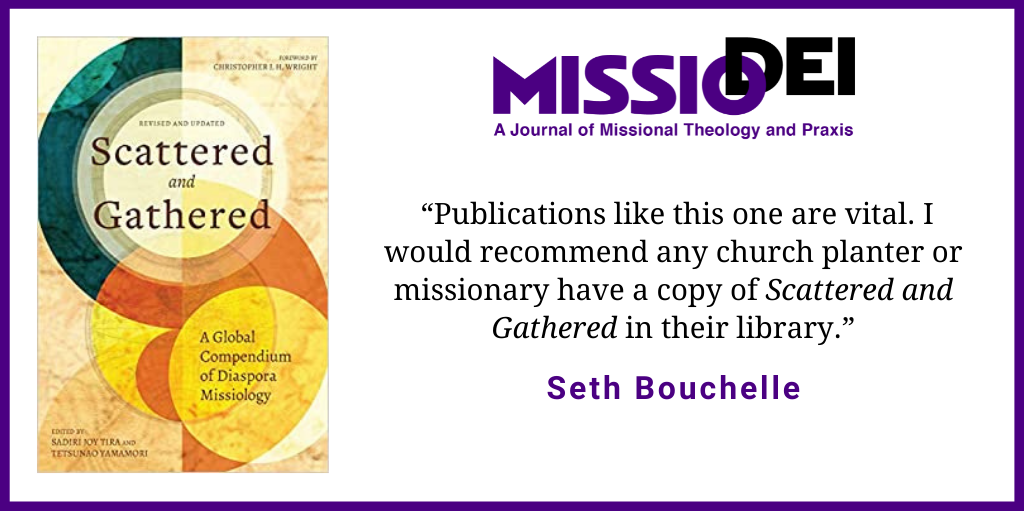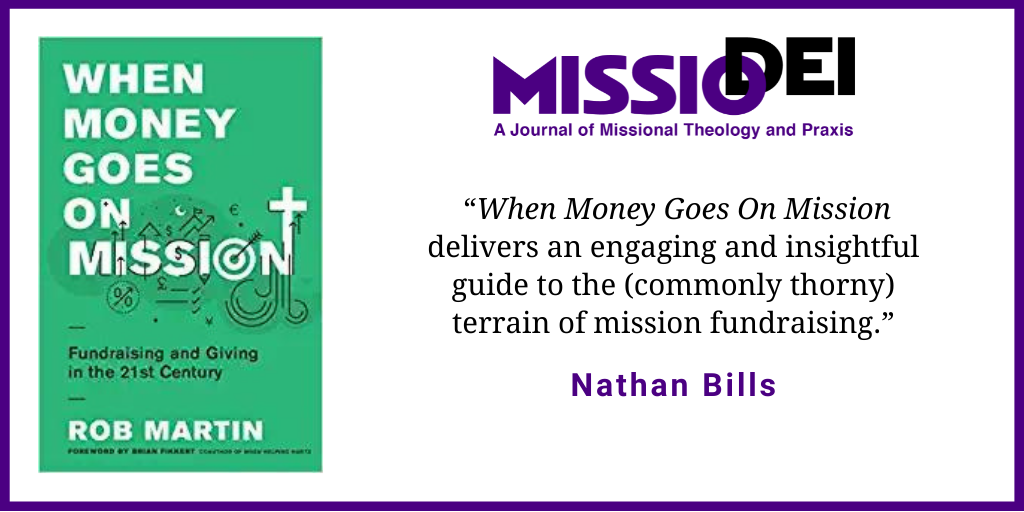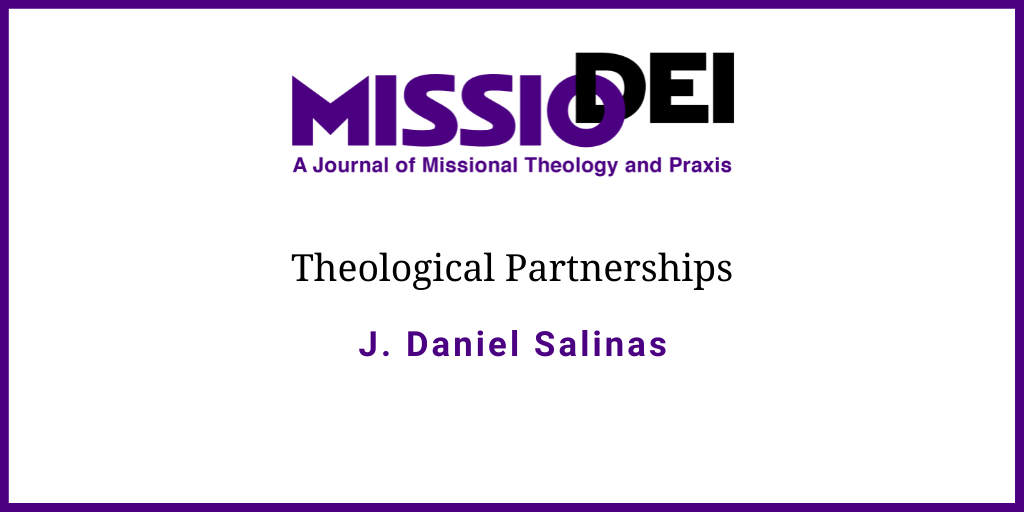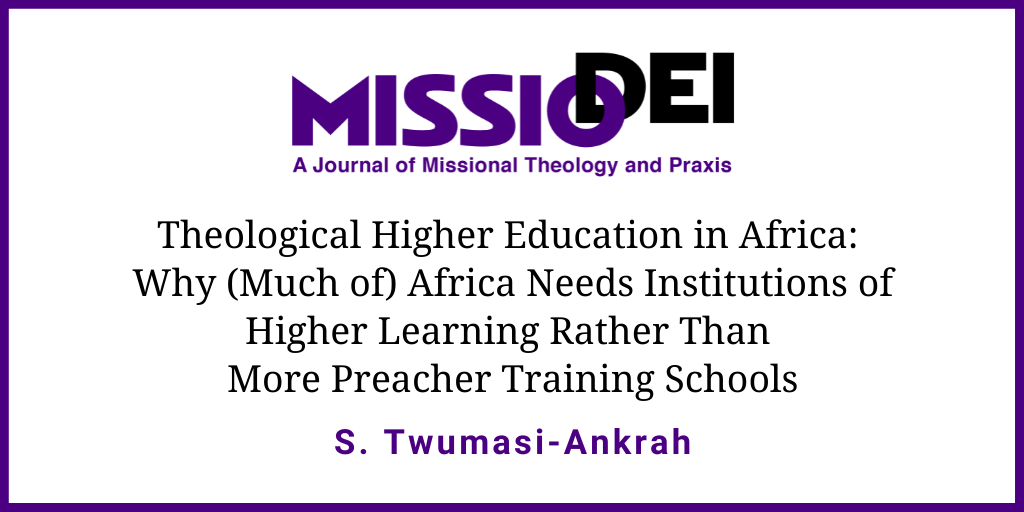
As a consequence of the expanding academic profile of many young professionals within the Churches of Christ in Africa, the “pew” appears to have outgrown the “pulpit” in relationship to levels of education. Such a growing phenomenon poses a challenge to ministers who have been equipped by Schools of Preaching (SoPs) as the nature and scope of courses taught in SoPs are inadequate to respond to the contexts and challenges facing the emerging generation of African Christians and churches. The School of Preaching (SoP) model introduced by Western missionaries now calls for an African recalibration.
Introduction
In many places within the Churches of Christ in Africa, the “pew” appears to have outgrown the “pulpit” in regard to levels of education. The expanding academic profile of many church members, especially those of a younger, professional demographic, poses a challenge to ministers who have been equipped by traditional schools of preaching (SoPs). Generally speaking, the duration, nature, and scope of courses taught in SoPs are inadequate to respond to the contexts and challenges facing the emerging generation of African Christians and churches. As a consequence, the SoP model introduced by Western missionaries now calls for an African recalibration.
Context Then and Now
As a leadership training model, the SoP was timely for the context in which it was introduced. For many students who grew up in the pre-independence era of Africa, no occasion was more desirable than the day one graduated from middle school (junior high). In that era, the knowledge and competencies a middle school graduate had acquired were adequate enough for him (or the people in his community) to think that middle school education was tantamount to “finishing school.” After all, he was among the privileged few to receive formal (Western) education despite the fact that it was only a middle school standard of education.
Such was the background in which the pioneer American missionaries of the Churches of Christ set up the SoPs to develop ministers or church leaders in different places on the continent. Thus, the level of formal education of most ministers of the gospel who graduated from SoPs, in comparison with that of the average member of the church at the time, was equivalent to, if not above, those in the pew.
Today, however, the story is different. Much of post-independence Africa has seen considerable growth and development in the education sector, particularly in the last twenty-five years. Whereas twenty-five years ago college graduates represented less than 1% of Ghana’s youth, now college/university graduates represent 5% of the youth population (between ages 15 and 35), and this figure will only continue to rise.
On the global scene in the areas of humanities, science and technology, business, and so on, growing numbers of young, migrant Africans make significant scholarly/professional contributions because they have had the benefit of attending institutions of higher learning. In religious traditions other than Churches of Christ in Africa, growth in higher education among members is quite apparent because those church traditions embraced higher education as an integral aspect of their mission endeavors for the primary purpose of developing the human capital of their churches. It is, therefore, a common characteristic in Africa, among faith traditions other than the Churches of Christ, to find gospel ministers whose academic and professional profiles are comparable to their educated church members because both categories have had the opportunity to study in institutions of higher learning established by their church traditions.
Within the Churches of Christ in (much of) Africa, levels of higher education among the more youthful membership manifestly have outpaced the level of education of most of those who are trained in SoPs. The SoP model of training leaders, without doubt, has been a tremendous blessing in preparing evangelists and leaders for the churches (and continues to make a positive impact in some places on the continent). This notwithstanding, the duration, nature, and scope of education offered by the SoPs, as well as academic capacity of many of their teachers, libraries, and so on, call into question whether the graduates are adequately equipped to address the complex social, political, economic, and religious contexts that now confront most emerging professionals.
Current Challenges Confronting SoP Graduates in Churches of Christ
As a consequence of secular higher education and exposure to the negative aspects of Western culture, young people in the church (i.e., the church’s future leaders) are increasingly questioning the realities that their parents and grandparents took for granted. Large numbers of the educated, young Christians seem unsatisfied with the answers their Christian parents or preachers provide them: for example, belief in the Bible/Christianity as the only source of truth, compatibility of science and religion, slavery of Africans and colonial entanglement, and so on.
Part of the apparent disillusionment of many youth in the Churches of Christ in Africa comes as a consequence of unmet expectations that their preachers provide persuasive philosophical/theological responses to questions and issues prompted by the cultural milieu. They expect (even need) the leaders of the church to put into place practical interventions that would address societal problems like youth unemployment, livelihood empowerment, tribal/civil war, terrorism, and environmental degradation. Therefore, beyond teaching people what they must “do to be saved,” church leadership and especially preachers require help in being equipped to provide reasonable, Christian responses to the concerns of the burgeoning generation of leaders of the African church.
The Need for Christian Higher Education Institutions in Africa
What is urgently needed is the establishment of private Christian universities on the continent of Africa (apart from public universities) to address the holistic needs of the people. This is especially so for Churches of Christ. The SoP model of leadership training falls short in some key domains that are better addressed by institutions of higher learning. In the following, I present three reasons that make the task of building institutions of higher education a critical work for the next chapter of participation in the mission of God in Africa.
First, SoPs attract only a slice of the student population that universities accommodate. SoPs largely neglect women, who represent the vast majority in most churches. SoPs also have little place for most of the talented young men in churches who do not have the calling for full-time ministry. The Christian university, in contrast, provides a broad spectrum of learning that integrates Christian faith and values for all categories of people in and even outside the church.
In short, Christian colleges and universities empower both young Christians and those with the calling for full-time ministry with the necessary intellectual, theological, and vocational skills (beyond what the SoPs provide). The issues of concern to young professionals in the pew—and to their contemporaries outside of the church—will continue to plague this demographic even if SoP ministers have successfully taught them the “truth of the gospel.”
Second, SoPs cannot offer the comprehensive, or holistic, education that today’s preacher needs to equip churches and Christian young men and women. Beyond training in preaching and traditional “church work,” today’s ministers need a wider base of knowledge and an advanced skill set that is the purview of a university curriculum. So, for example, ministers who know how to carry out verifiable research on the communities where they plant churches, place their research into conversation with published literature, or set up ministry intervention(s) that would transform the conditions of life in the context where they serve are better equipped for ministry today.
Third, SoPs lack the institutional bandwidth to produce more contextually appropriate literature for the African context. It is no secret that SoPs in Africa perpetually depend on written-for-the-USA textbooks to train African church leaders.
Implications of Establishing Christian Colleges/Universities within Churches of Christ in Africa
The time has come for Churches of Christ in Africa to collaborate with Christian universities and supporters in America to develop accredited, contextually appropriate Christian colleges in Africa. This certainly presents a number of vital implications, but for the sake of brevity I submit only three:
Implication #1: The Churches of Christ in Africa must take the lead to establish institutions of higher learning as a Christian response to continental need. These institutions stand a much greater chance of survival in what admittedly is often a precarious social, economic, and political environment if they are inspired and led by indigenous Africans.
The story of Heritage Christian College (HCC) in Ghana may serve as a case in point. Five years ago, under the auspices of the elders of the Nsawam Road Church of Christ in Accra, Ghana, we started HCC after receiving government accreditation. With 37 students, HCC began as an African-led church response to a continental need. Current student population stands at 382, and the vision of HCC is “to become a flagship Christian university in Africa for the purpose of advancing the kingdom of Christ and national development.” Apart from offering academic degrees, HCC operates a number of practical training institutes and centers, including the Center for Entrepreneurship, Philanthropy and Ethics (CEPE), where we require all students, regardless of their area of study, to take a series of hands-on practical entrepreneurial classes. As a part of this sequence of entrepreneurship training, students propose business plans and are given the opportunity to compete for seed-capital to fund their business start-ups.
Implication #2: Christian university administrators and faculty, particularly those in the United States, likewise have an obligation to assist in helping to establish Christian universities in Africa.
I recognize that this is a strong statement. Nonetheless, I believe administrators and faculty members of universities affiliated with Churches of Christ have a duty to God to collaborate with the few institutions of higher education that are emerging in Africa. Yes, a duty to God, because scholars and professionals in the West have the wherewithal that positions them as those who “have plenty for supply” for those who are less resourced in relation to higher education. As the apostle Paul reminds us, “Whoever gathered much had nothing left over, and whoever gathered little had no lack” (2 Cor 8:12–15).
It is no secret that the task of setting up a chartered Christian university requires major funding to develop the needed physical infrastructure. But it is also the case that there is a great need for credentialed faculty in nearly all the major fields of learning. In this regard, the West has an embarrassment of riches. Thus, the commitment on the part of Western Christian universities and Western Christian scholars to offer a helping hand involves figuring out how to encourage Western academics (and administrators) to find ways to contribute—both in the short-term and long-term—in African institutions of higher learning.
Implication #3: Western sponsors of mission in Africa should prioritize work and workers that fill the gap of the needs of today and tomorrow and not yesteryear.
At the present time, there is little need for American missionary families to be sent to evangelize or plant churches in most of Africa, primarily because the SoPs on the continent can train nationals to do more effective and efficient mission work. Instead, what Western mission-minded churches and sponsors can do is, first, partner with mature local church leaders or the leadership of an existing SoPs to train more indigenous cross-cultural evangelists. Second, American churches need to reconsider who counts as a “sponsored missionary.” More specifically, I am thinking of the need for churches to send “missional scholars” who have the academic credentials needed in emerging colleges/universities in Africa.
Conclusion
The SoPs have undoubtedly served a very useful purpose in the mission work among Churches of Christ in Africa over the years. Nonetheless, at this point in the Christian movement, as the continent of Africa moves to center stage in the global expansion of Christianity, Christian higher education beyond the SoP model is urgently needed to give depth and breadth to leadership training. By establishing accredited Christian colleges/universities, a plenitude of learning opportunities will be made available for the current generation in the Churches of Christ. These opportunities will develop God-endowed intellectual and vocational gifts and deploy such gifts in ways that will contribute to the holistic growth of the kingdom.
A Christian institution of higher learning, unless it has lost its core identity, can serve as a missional laboratory as it intentionally prepares the minds and faith of young people with education that integrates Christian faith and learning. Africa needs such institutions.
Sam Twumasi-Ankrah (EdD) is the President of Heritage Christian College, Accra Ghana. He also teaches leadership, Bible, ministry, and mission courses, having served previously as minister of the Nsawam Road Church of Christ for three decades.
